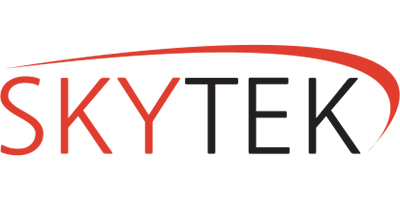
Workflow Streamlining

Skytek has an experienced team that can take complete control on the default objects provided within Salesforce. The team would try and use the available workflow rules settings, triggers, messaging, approval steps, assignment rules along with Apex programming where necessary.
Salesforce provides a rich workflow feature, using we can help the businesses define their process in a much streamlined manner.
Here’s a look at some of the most common applications of workflow automation, and how they can benefit you.
Creating a Workflow Rule
1.Set the Criteria for Your Workflow Rule
Get started with creating a new workflow rule by selecting the object the rule relates to and configuring its criteria.
2.Add Automated Actions to Your Workflow Rule
Once you’ve set the criteria for your workflow rule, identify what to do when that criteria are met.
3.Identify Your Salesforce Org’s Default Workflow User
Select a Default Workflow User that you want Salesforce to display with a workflow rule when the user that triggered the rule is not active
4.Activate Your Workflow Rule
Salesforce doesn’t trigger a workflow rule until you activate it.
Using drop-down menus, we can enable selective, automated responses to virtually any event in the CRM system. These responses can be triggered by specific events, field entries, or even the passage of time.
